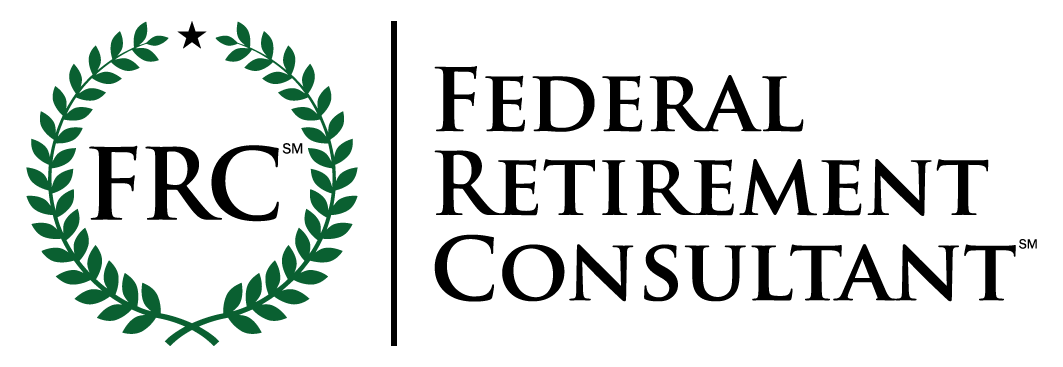What Monsters are Lurking in Your Portfolio?
It’s the scariest time of the year. Halloween is here. It’s time for trick-or-treaters, haunted houses, spooky home decorations, and more.
This may be the scariest time of the year, but it only lasts a month. The truth is there could be gaps in your investment strategy that could come back to haunt you for years or even decades. Below are a few common retirement planning mistakes that can have frightening long-term consequences. If any of these sound familiar, it may be time to meet with a financial professional.
Wrong Risk Tolerance
Asset allocation is an important part of any retirement strategy. Your allocation influences your risk exposure and your potential return. Generally, risk and return go hand-in-hand. Assets that offer greater potential return usually also have higher levels of risk. You can use asset allocation to find the right mix of assets for your goals and risk tolerance.
Having the wrong allocation can be problematic. For example, many people have less tolerance for risk as they approach retirement. As you get closer to retirement, you have less time to recover from a loss and thus less tolerance for risk. However, if you don’t adjust your allocation, you could have more risk exposure than is appropriate. A downturn could substantially impact your nest egg.
How can you make sure your allocation aligns with your risk tolerance? A consultation with a financial professional is a good first step. They can analyze your risk tolerance and your portfolio and then suggest action that can eliminate gaps and minimize risk.
No Risk Protection Tools
Asset allocation is one way to reduce risk, but it’s not the only way. You could also use tools that offer growth potential with limited downside exposure. For example, certain types of annuities offer potential growth with downside protection. You can participate in returns linked to the market without experiencing volatility and risk. Annuities aren’t right for everyone, however. Be sure to talk to a financial professional about whether they make sense for your strategy.
Impulsive Decisions
It’s natural to feel stress and anxiety when the market turns downward. Take the first quarter of 2020 for example. When the COVID pandemic began in late February, the S&P 500 declined by 33.93% in a month. You may have felt tempted to sell your investments and move to “safer” assets. However, had you done so, you may have missed out on the market’s bounce back. Since March 23, the S&P 500 has climbed 49.35%.1
The problem with impulsive decisions to move to safety is that they can often suppress your returns over time. From 1995 through 2015, the S&P 500 averaged a return of 9.85% per year. Over that same period, the average equity investor averaged a return of only 5.19%.2
Why the discrepancy in returns? Investors often make decisions based on emotion rather than a long-term strategy. While those decisions may feel right in the moment, they could lead to lost opportunity as the investor misses out on a market recovery. A financial professional can help you focus on the long-term and avoid decisions that may do more harm than good.
Infrequent Reviews
When’s the last time you reviewed your investment strategy with a financial professional? If it’s been a while, now may be the time to do so. A lot can change in a few months or even a year. Your goals and needs may change. Your tolerance for risk could change. Your contributions to your retirement accounts may change. This is especially true during the COVID pandemic, when economic news seems to vary on a monthly basis.
Let’s schedule a review today and find the monsters hiding in your investment strategy. Contact us today at Beacon Retirement Planning Group. We welcome the opportunity to consult with you and help you implement the right strategy for your needs and goals. Let’s connect today and start the conversation.
1https://www.google.com/search?q=INDEXSP:.INX&tbm=fin&stick=H4sIAAAAAAAAAONgecRowi3w8sc9YSntSWtOXmNU5eIKzsgvd80rySypFBLnYoOyeKW4uTj1c_UNDM0qi4t5FrHyePq5uEYEB1jpefpFAAAU6wGESAAAAA#scso=_QQBhX8b3K5K-tQbo56XwCw7:0
2https://www.thebalance.com/why-average-investors-earn-below-average-market-returns-2388519














